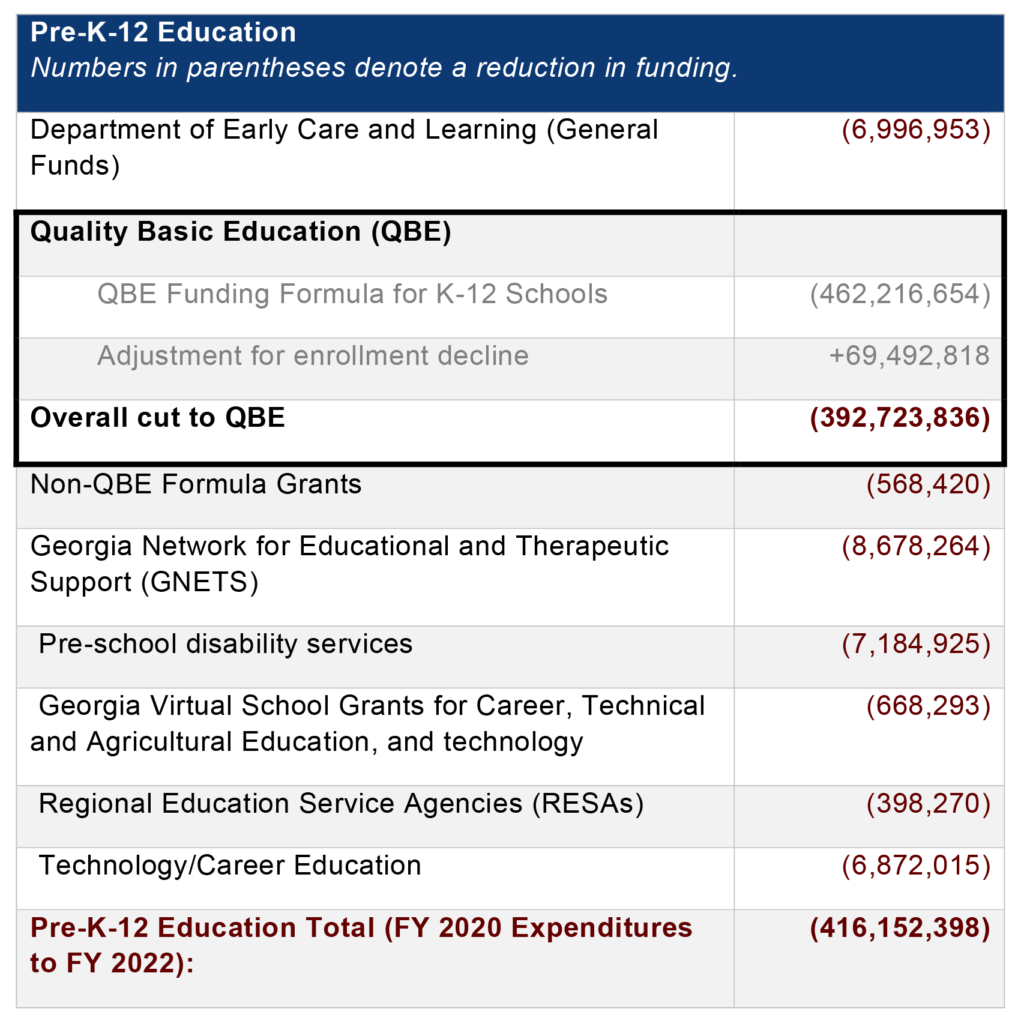

The package instructs NSF to maintain at least level funding for “core research,” defined to include existing research infrastructure. (The disaster supplement includes $459 million to jumpstart that program.) NSF is likely to use a portion of those funds to establish its first Regional Innovation Engines, which are intended to complement a new Regional Technology Hub program in the Commerce Department that was also authorized by the CHIPS and Science Act. However, it does instruct NSF to use $335 million of the supplemental funds to implement the act. The increase is about half as large as the administration requested and $2 billion below what the CHIPS and Science Act recommended.Īs usual, the spending package does not set budget levels for any of NSF’s directorates, including the new Directorate for Technology, Innovation, and Partnerships (TIP) authorized by the CHIPS and Science Act. NSF’s total budget is rising 12% to $9.88 billion, with the entirety of the $1 billion increase provided through the disaster relief supplement. At the same time, some agencies are ramping up spending from the multi-year budgets already provided through other supplemental sources, including the Infrastructure Investment and Jobs Act, the Inflation Reduction Act (IRA), and the semiconductor provisions in the CHIPS and Science Act. The CHIPS and Science Act only became law partway through this budget cycle and advocates are sure to press for appropriations to meet the targets set for fiscal year 2024. The supplement-laden outcome also deepens the complexity currently characterizing federal science funding. At the same time, the use of such vehicles means that to sustain the elevated funding lawmakers will need to either make extra room in agencies’ ordinary budgets or broker new supplements, even as the incoming House Republican majority aims to constrain federal spending. The supplements presented lawmakers with a convenient vehicle to include more science funding during the final phases of negotiation, because that money does not count against the agreed-on limits on overall federal spending.

Supplements offered vehicle for extra science fundsĪside from NSF, several other science agencies also received some funding through the disaster supplement and another special appropriation supplying aid to Ukraine. Summary figures are available in FYI’s Federal Science Budget Tracker. Democrats highlighted it as the largest dollar increase the agency has ever received.Ĭongress included instructions on how agencies should spend their appropriations through explanatory statements and reports prepared by House appropriators. However, the act did influence the final outcome, with negotiators including $1 billion extra for NSF via a special supplemental section of the package that is otherwise primarily aimed at providing disaster relief. Even still, most agencies will receive increases keeping pace with inflation, and a few are in line for double-digit percentage increases.īudget increases for the National Science Foundation, National Institute of Standards and Technology, and Department of Energy Office of Science ended up falling well short of the ambitious targets set for them in the CHIPS and Science Act. In an echo of last year’s budget cycle, the agreement led many funding proposals Democratic appropriators developed for science agencies to be pared back. In the end, Republicans used their leverage in the Senate and impending control over the House to negotiate larger overall increases in defense spending and smaller ones in non-defense spending than Democrats wanted. (Image credit – Senate Appropriations Committee)Ĭongressional leaders finalized a fiscal year 2023 appropriations package at the beginning of this week and are rushing to send it to President Biden before the Christmas holiday.

Senate Appropriations Committee Chair Patrick Leahy (D-VT) and Vice Chair Richard Shelby (R-AL) brokered the final budget for this fiscal year just ahead of their retirement from Congress.


 0 kommentar(er)
0 kommentar(er)
